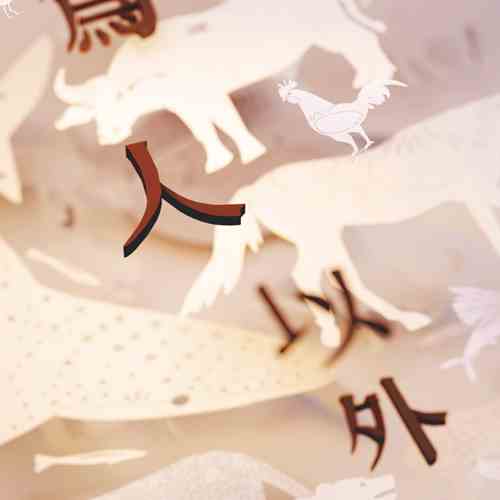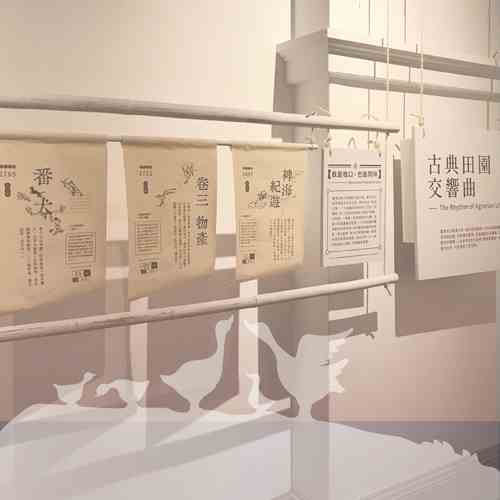Animals in Indigenous Mythology|Endemic Species in Taiwanese Tales|Animals as Totems: We are but a Thread in the Tapestry of Life
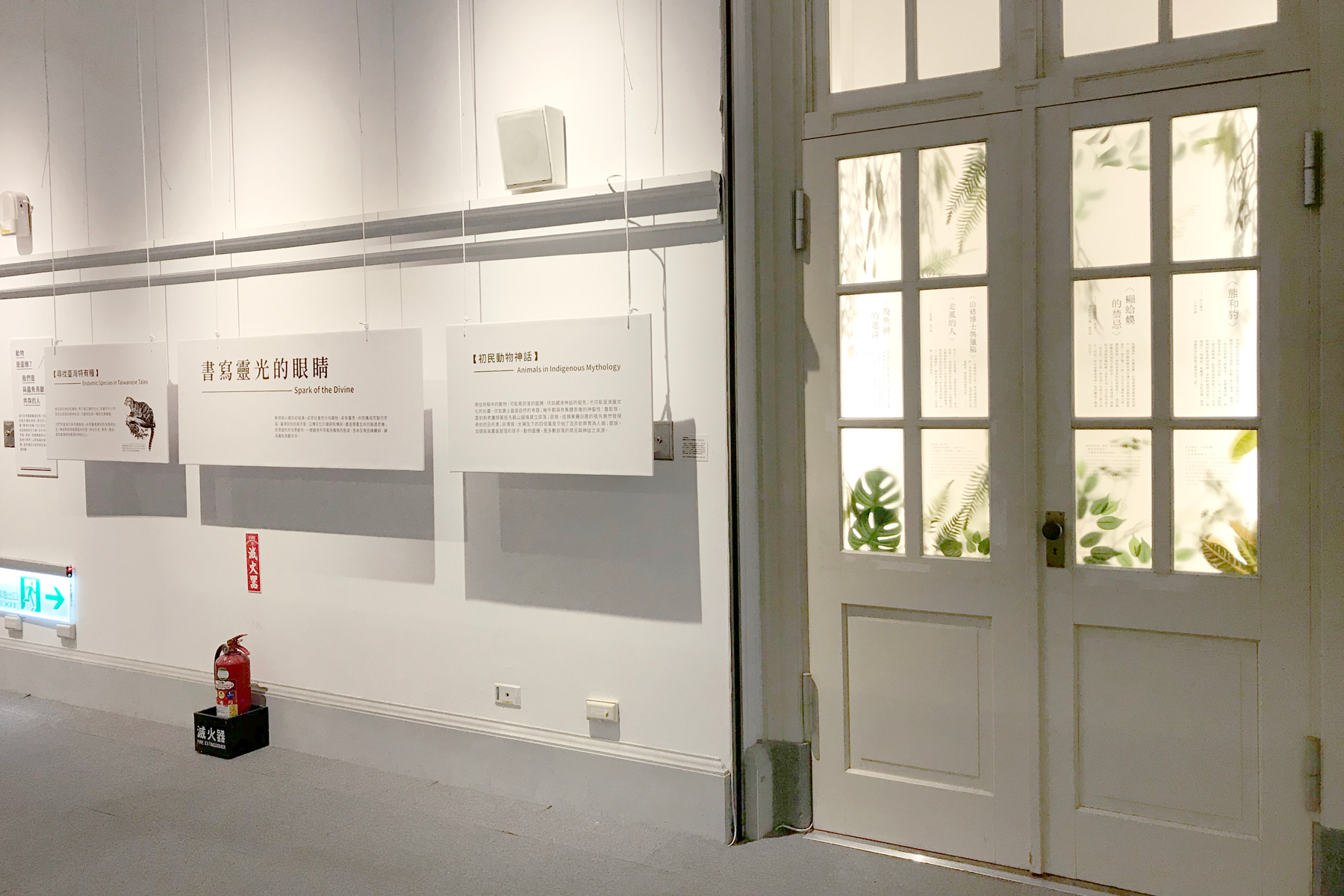
At the dawn of civilization, humans shared the world with all manner of creatures - each with their own, unique spiritual nature and discernment. The incantations and legends shared through countless generations by Austronesian tribes, Taiwan's earliest settlers, amplify the idea that all life deserves to be treated with respect and civility. Contemporary indigenous literature continues to reinforce the sanctity and interconnectedness of all life and the joys of sharing this world with animals of every kind.
✧ Animals in Indigenous Mythology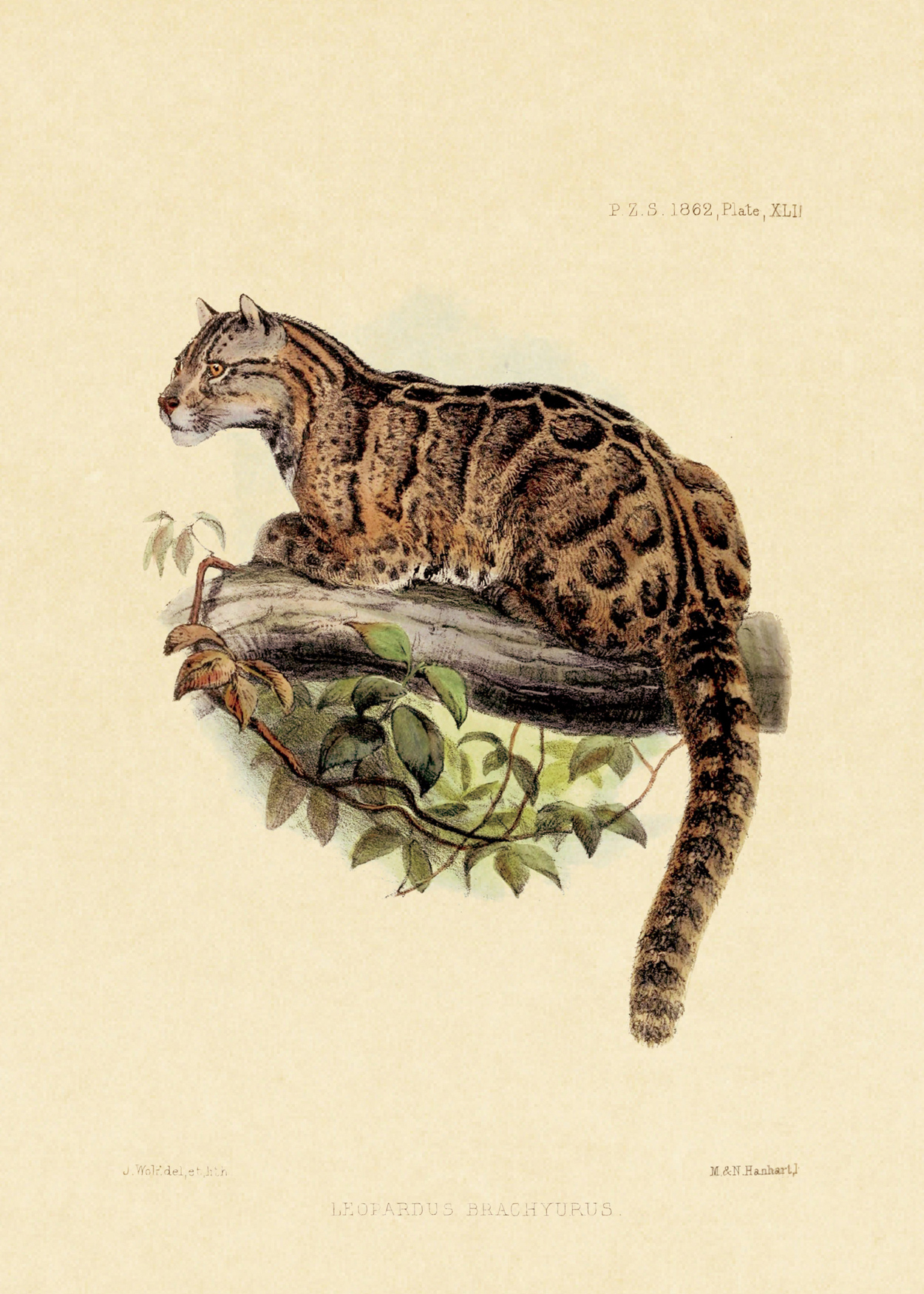
Indigenous Austronesian applications of animal imagery, whether in animalistic totems used to preserve ancestral legends or in classic stories of village braves surmounting nature's challenges, carry threads of the sacred and divine. In the Rukai mythos, a snow leopard and eagle led their ancestors safely to their new homeland across mountains and valleys. The Thao attribute their discovery of Sun Moon Lake to the provident guidance of a beautiful white deer. In the Paiwan story of creation, the first humans were born from four eggs layed by the sun and hatched by a hundred-pace viper. Also, a Tsou legend relates that Chinese bulbuls (a songbird) are actually the children of the tribe. In fact, many of the taboo beliefs and mythological stories of Taiwan's indigenous peoples trace back to traditional animal totems.
⁍ Illustration: British illustrator Joseph Wolf painted this Taiwanese clouded leopard in 1862, based on the fur specimens and descriptions provided by the naturalist Robert Swinhoe. (Cited from the Open Museum of the Academia Sinica Center for Digital Cultures)
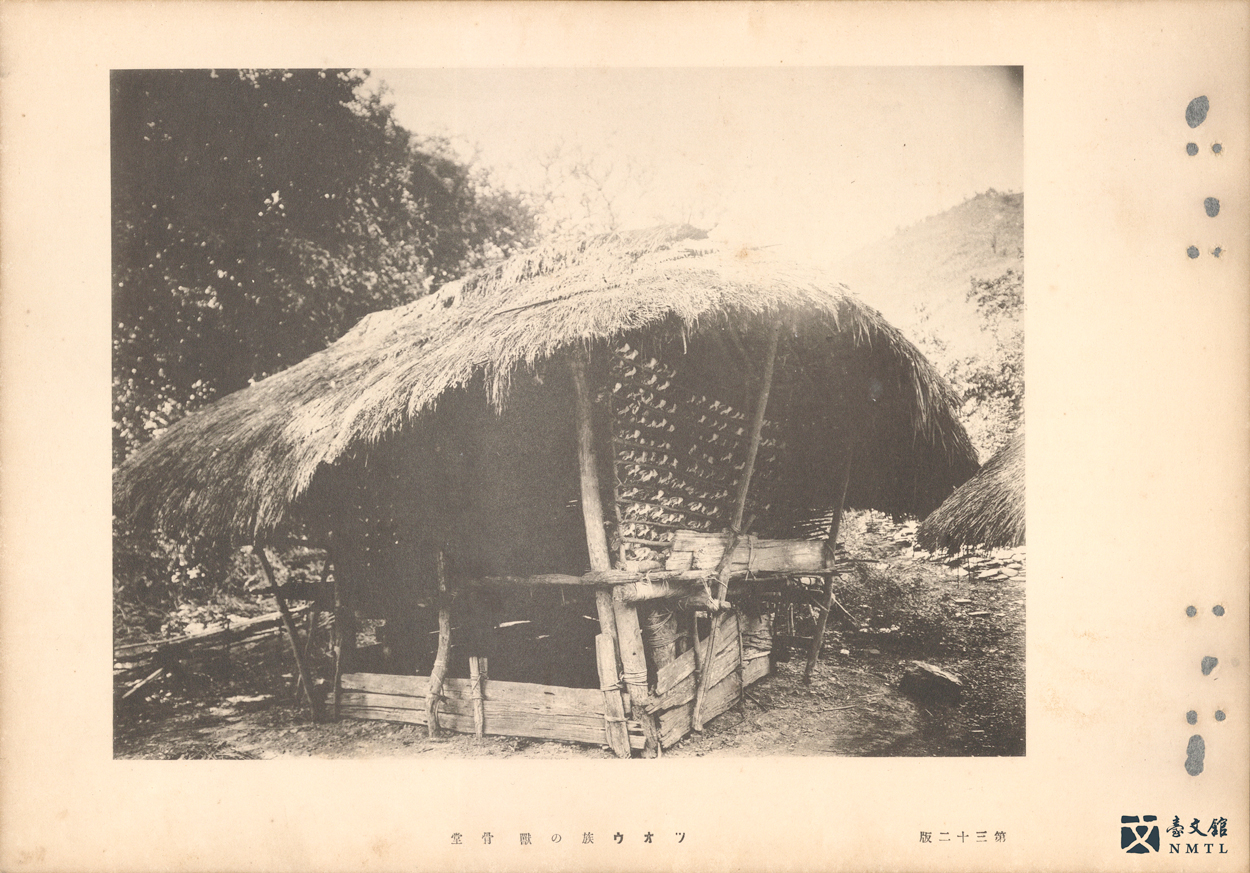
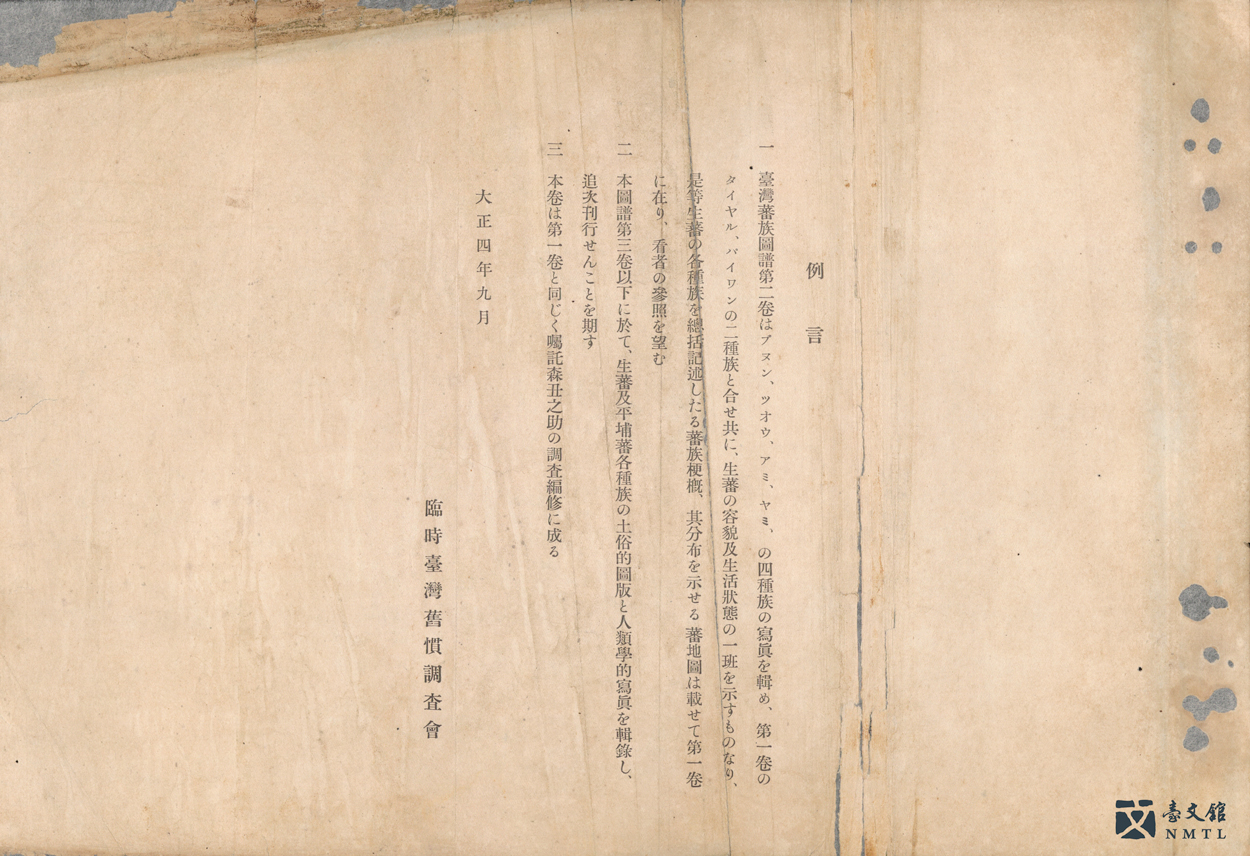
⁍ THE ANCESTRAL CLAN DIAGRAM OF INDIGENOUS PEOPLES IN TAIWAN, VOLUME II
This report, together with the THE INVESTIGATION REPORT ON THE HABITS OF INDIGENOUS PEOPLES, were both edited and published by the Provisional Council for the Investigation of Laws and Customs in Taiwan, adjunct to the Governor's Office of Taiwan. The Council was an official organization established in the early days of the Japanese rule of Taiwan, during Meiji 34 (1901). Goto Shinpei, then head of civilian affairs, served as the Chairman of the Council. In order to establish the Japanese ruling authority over Taiwan at that time, an investigation into the customary habits was first conducted for the later formulation of various policies. (Donated by Taichung Municipal Taichung First Senior High School / From the National Museum of Taiwan Literature permanent collection)
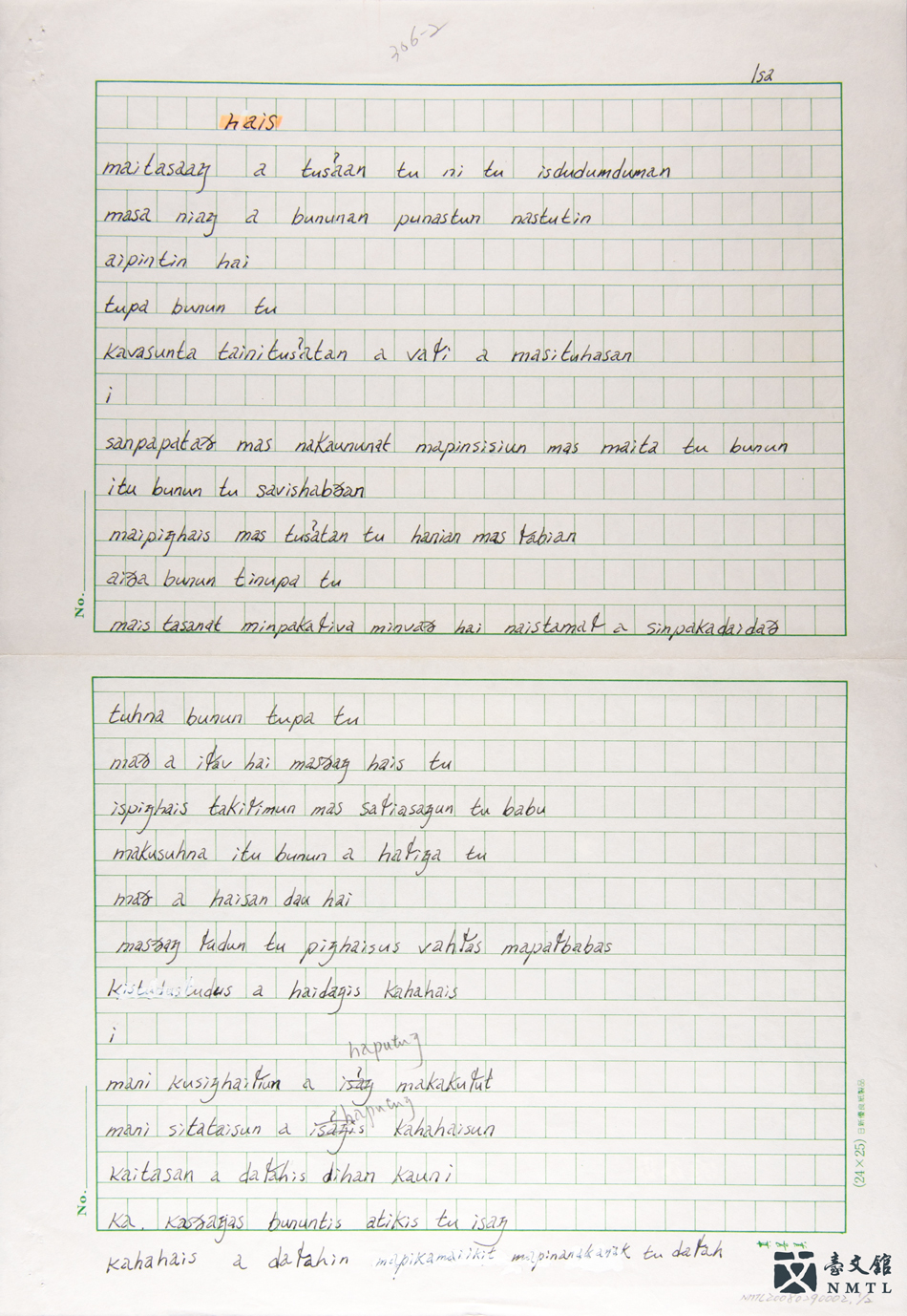
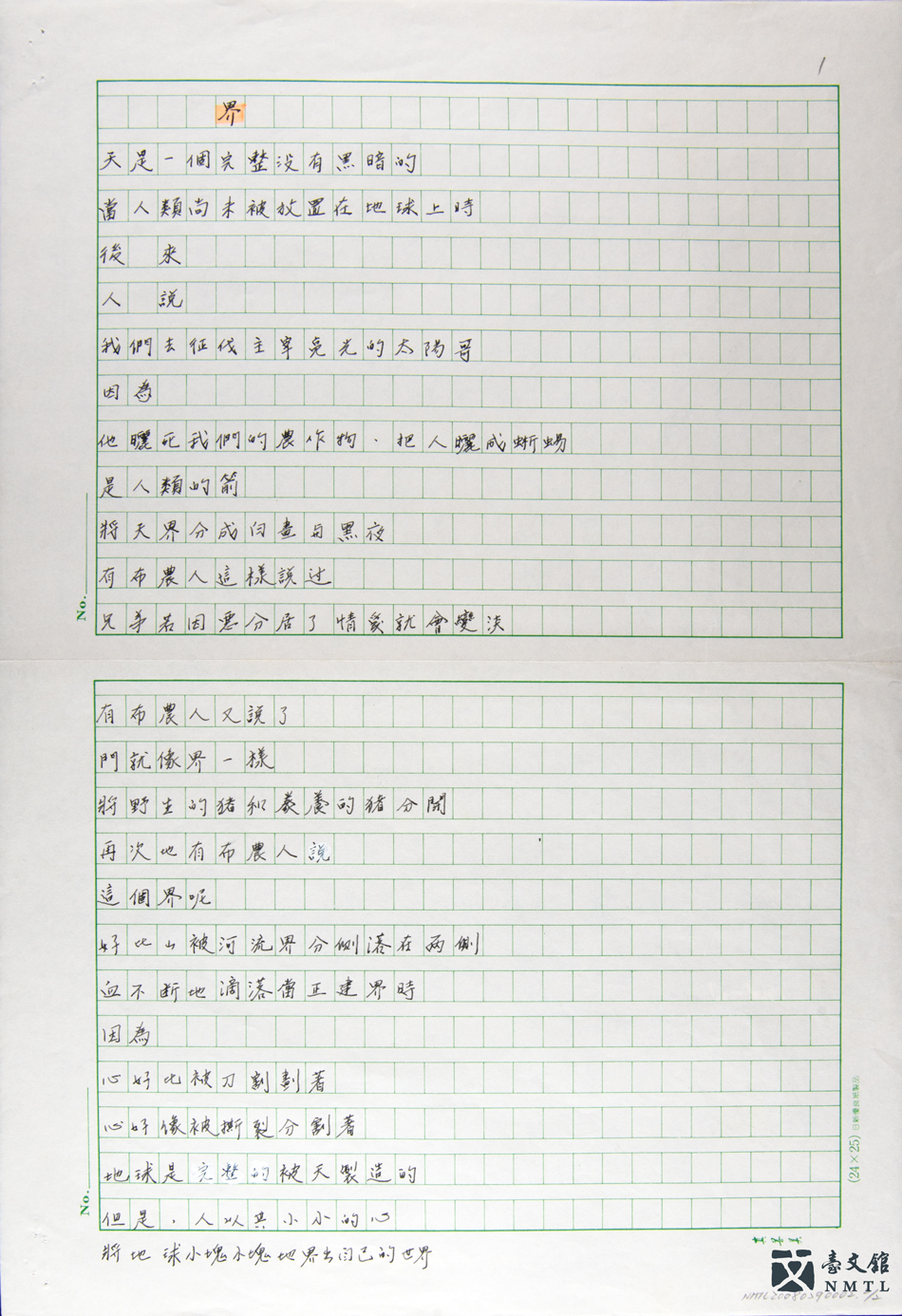
⁍ "Boundary" by Bukun
Written in the Bunun language and Chinese, this poem serves to pass on the Bunun language to the next generation, and depicts the spiritual imagery of the Bunun people. The poem is the first among the 12 "Bunun language poems" written by the poet. It adequately expresses the "intonations of recital" and the "ceaseless reporting of battle successes" that are typical of Bunun poems. The title of the poem, "Boundary," encompasses multiple meanings, such as segregation, division, limitation, artificiality, opposition, and distinction. The poet grieves for the man-made alteration of the evolutionary process of nature. (Donated by Bukun Ismahasan Islituan / From the National Museum of Taiwan Literature permanent collection)
⚒︎ Further Information ⚒︎
🎵"Malastapang", the song sung at the ear-shooting festival held in celebration of war/hunting accomplishments by the Bunun tribe in the Luona Village
"Malastapang" is one of the rituals during the ear-shooting festival of the Bunun people. The tribesmen will sing, dance, and display their prey to prove their excellent hunting skills to the tribe, which is also a show of their bravery and fighting spirit. When they sing the "Malastapang" song, the lead singer starts with "HU HO HO", followed by regular four-syllable lines, and the others repeat together after the lead. The lyrics describe where, why, how, and the final trophies of the hunt. (Provider: Taiwan Music Institute of National Center for Traditional Arts, Ming Li-kuo, Lu Chih-hung)
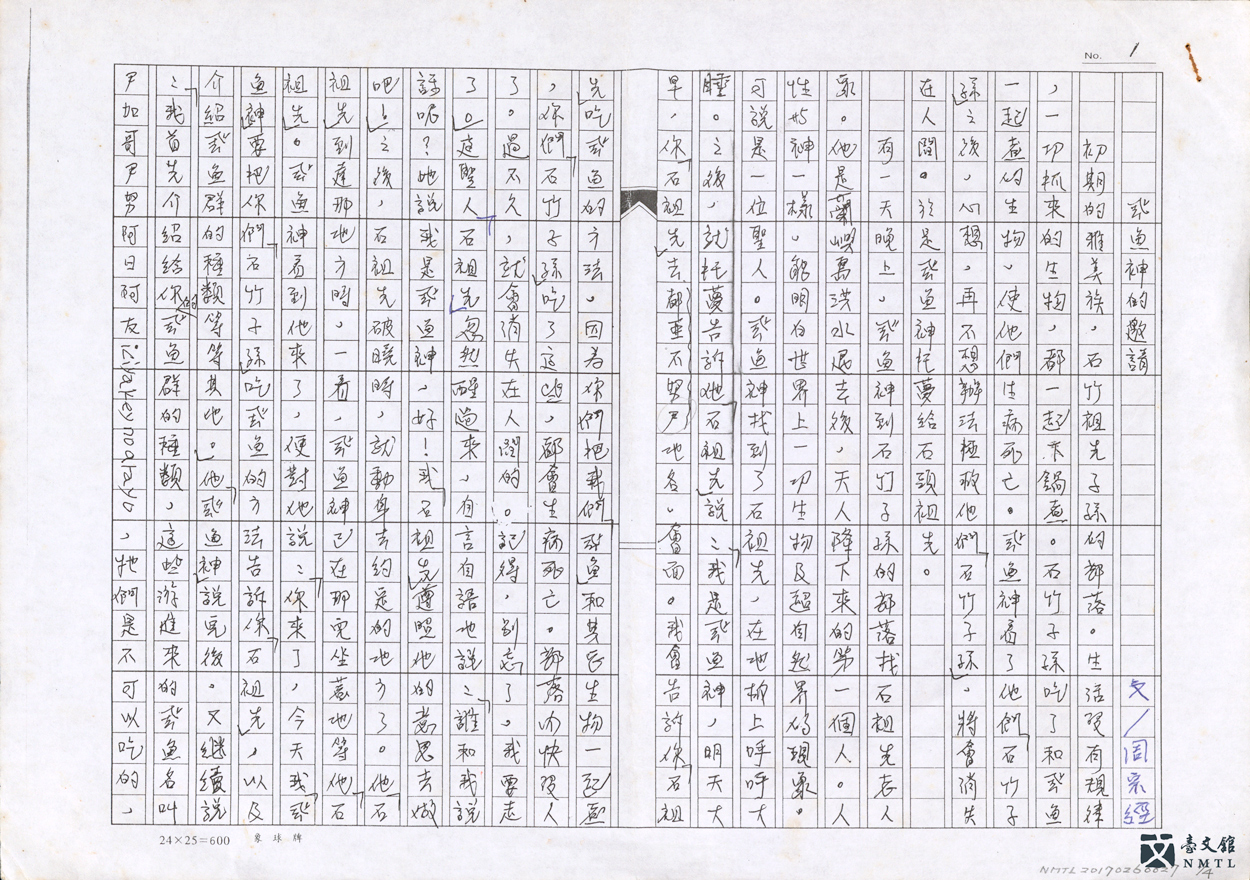
⁍ The manuscripts of Syapen Jipeaya
The writer was born in Lanyu in 1946. Starting from mid-life, he became involved in the conservation of the Tao people's culture. He began writing, and ultimately made literary writing his lifelong career. He has published many books to record the Tao people's cultural folklores and their perspectives on life. (Donated by Syapen Jipeaya / From the National Museum of Taiwan Literature permanent collection)
✧ Endemic Species in Taiwanese Tales
Contemporary Austronesian authors in Taiwan, drawing on tribal oral traditions, heritage, and stories, have woven indigenous perspectives on animals and nature into their literary efforts.
Endemic animals such as the leopard cat, Formosan black bear, and clouded leopard and the island's distinctive topography and ecological characteristics feature prominently in Taiwan animal literature.
✦ Animals as Totems: We are but a Thread in the Tapestry of Life 𓆧 𓆜 𓅃 𓃹
Today, no corner of Taiwan is unaffected by modern influences. How has this impacted indigenous cultural rights and the rights of those animals sharing our island? Culture and the law run as parallel yet distinct lines through history and, today, often contradict one another. The search for resolution may benefit from reacquainting ourselves with indigenous animal literature through tales of equitably using nature's bounty and of appreciating the true value of nature and life.

